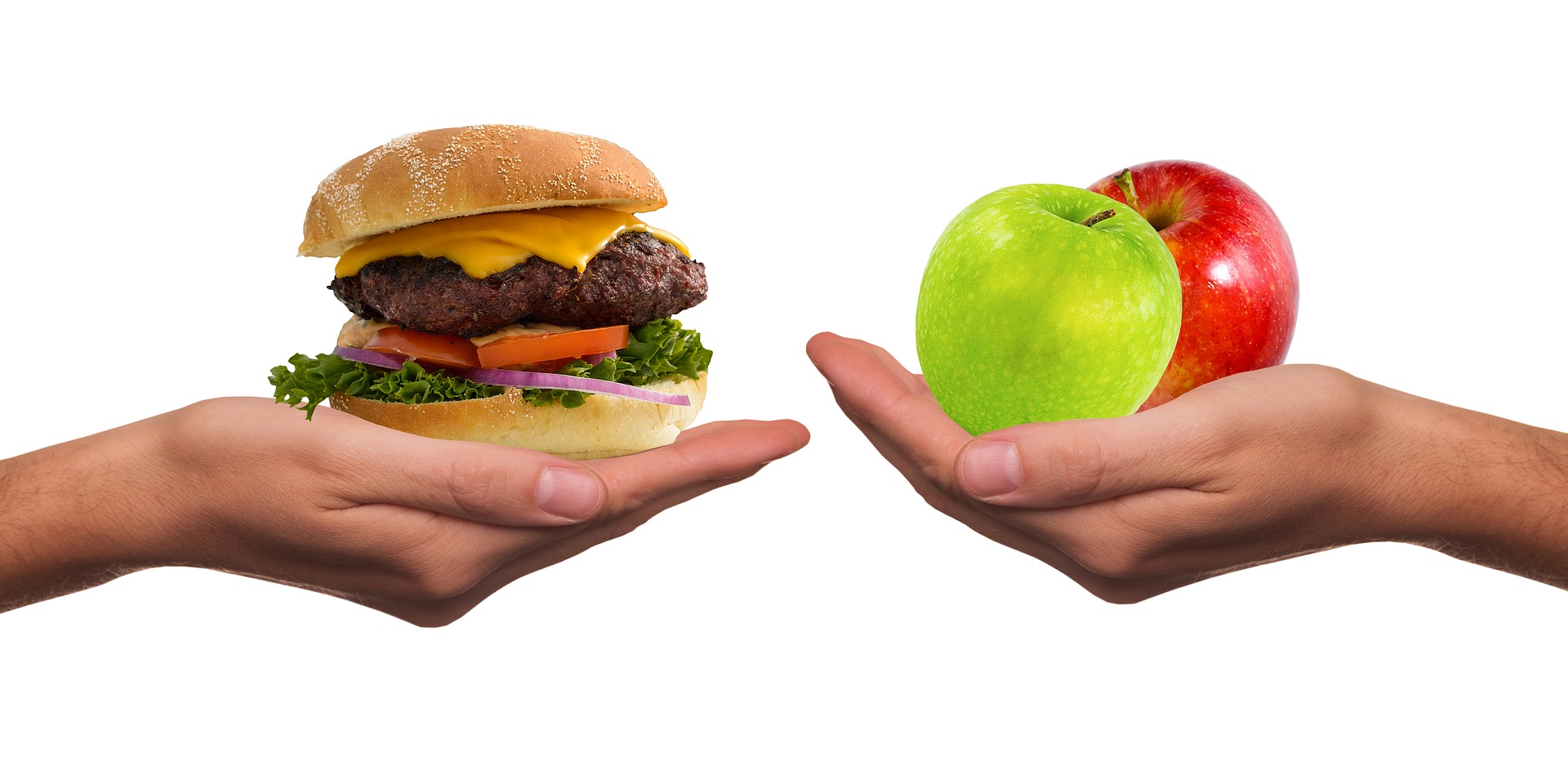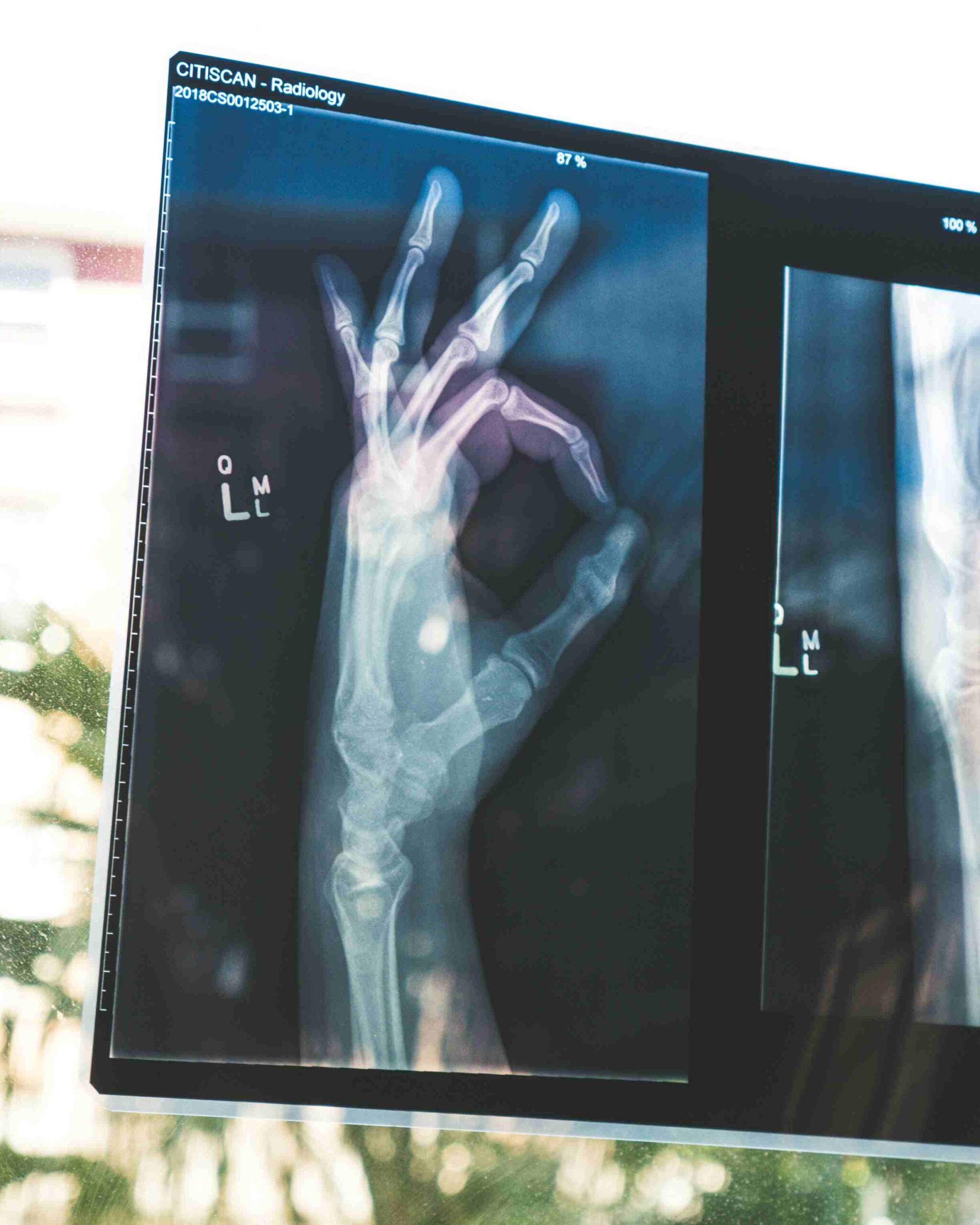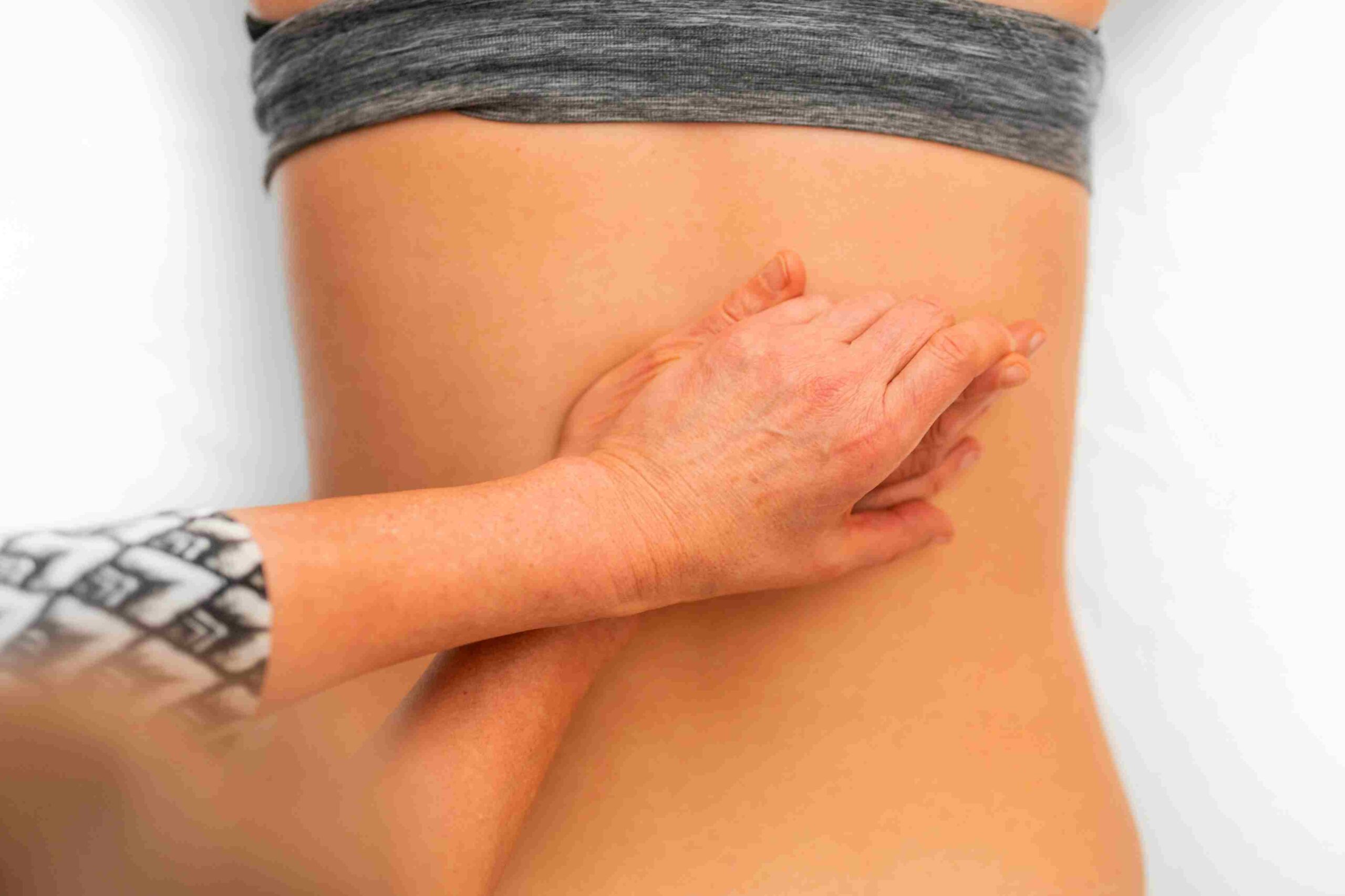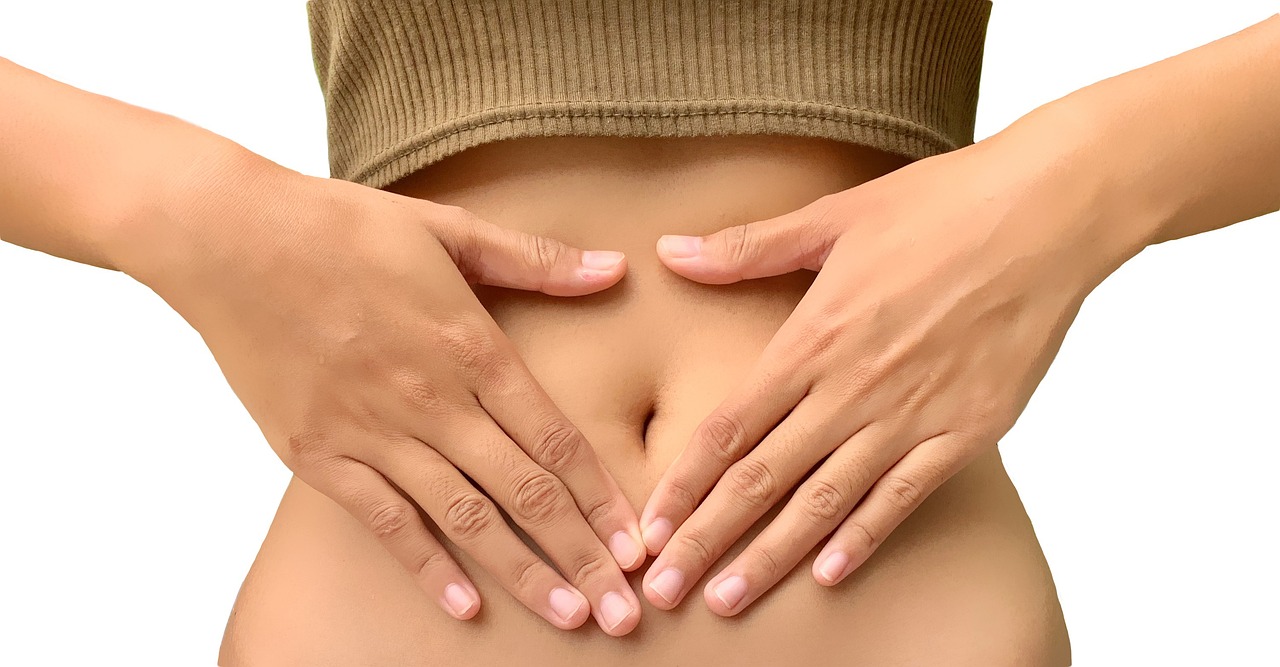
Everyone has probably heard of lifestyle diseases before. But what exactly are they?
“Lifestyle disease” is a collective term for diseases that are associated with our lifestyle. These so-called “wealth diseases” are triggered or influenced by our modern ways of life. With the advancement of technology, not only an improvement in medical care is ensured, but also easy access to processed foods, among other things, only leads to these lifestyle diseases.
But which diseases are now covered by the term lifestyle diseases? Cardiovascular disease, which then leads to heart attack or stroke, obesity, or cancer are the most associated diseases when talking about lifestyle diseases. But diabetes, gout, depression, Alzheimer’s, and many more are also included. If you look around in the circle of your friends or acquaintances, you’ll realize that one or another suffers from these diseases.
The Situation in Germany
Of course, not only Germany is affected. Many of our neighboring countries as well as the United States or Australia are in a similar situation. Lifestyle diseases occur mainly in industrialized countries. But how far are these diseases in our immediate environment? The DGSE study from the Robert Koch Institute from 2008 to 2011 presents the current situation in Germany well and is in excellent contrast to the surveys of the BGS98 study from 1998. By comparison, you can see that the number of obese (BMI> 25) decreases. That seems to be a good development at first sight, but the number is still very high: according to DGSE, 67.1% of German men between the ages of 18 and 79 are overweight. For women, it affects 52% in the same age group. In addition, the increasing number of obese people with a BMI of >30 is a cause for concern. In the case of men, the number is increasing from 18.9% (BGS98) to 23.3% (DGSE). There are slight changes in the statistics of women, which increases from 22.5% (BGS98) to 23.9% (DGSE). Obesity is a major risk factor for many other diseases.
Obesity as Lifestyle Disease
If you take a closer look at individual diseases, you will see that excessive weight gain often triggers these diseases. For example, high levels of fat in the body cause vessels to contract. Consequently, the blood pressure rises. Elevated blood pressure can lead to injuries to the vessel walls. This, after some time combined with other factors, can lead to a heart attack or stroke.
A connection to excessive weight gain should also exist in the development of diabetes mellitus type 2. Among other things, the fat cells of the abdominal fat are able to send out substances that lead to insulin resistance and thus the required sugar can no longer be channeled into the cells.
I could go on with that, but the principle should have been understood.
The positive thing about it is that everyone can do something about this development of disease. So why don’t we start right here?
Our Modern Lifestyle
Our lifestyle today doesn’t make it easy for us to live a healthy life. Earlier in the Stone Age, there was a more balanced relationship between energy intake and energy consumption, or for many days consumption was even higher than the intake. You had to move a lot and hunt your food in the truest sense of the word.
We are miles away from that. Radically speaking, the modern man no longer has to move to eat, but the food comes to his sofa – delivery services make it possible.
But aside from such extreme examples, in addition to stress, environmental influences, and the consumption of addictive substances, there are two major risk factors for our health:
1. The oversupply of high-calorie treats and
2. The lack of physical activities.
Unlike in the past, physical activity is no longer demanded and promoted by most Germans in their professional life. A major part of the population spends their time sitting in the office instead of working outside in the field as they used to. Since their job accounts for about 1/3 of their lifespan, the non-existing physical activities at work need to enter the equation. In addition, snack vending machines and canteens do not necessarily promote healthy eating habits.
What can You do Personally?
The extent of lifestyle diseases is in our hands. We can do a lot to fight diseases to better our own health.
Let’s start with physical activities: Let’s integrate them more into our everyday life!
You hear it again and again, but simple things like climbing stairs instead of taking the elevator are small steps that lead to success. Let’s ride a bike to work or park two streets away from the destination and walk the rest on foot. How about the benefit of a group? Just team up with friends and go for a walk. It is important that you move more and enjoy it. This is also a great way to try something new.
“You are what you eat” – a simple yet brilliant statement. Our body responds to the food we give it. Let’s take a look at what is good for us. Diet is an incredibly complex topic that you can not work off with two or three lines in a blog article. Everyone is individual. And just as unique is the diet for everyone. Standardized 0815 diets are not recommendable.
Nevertheless, I provide you with a few tips:
We should try to make our meals nice and colorful. The more colorful, the better. Vegetables should not serve as a side dish, but make up the main part of the plate.
Let’s not demonize carbohydrates, they are very useful for our body. But you should make sure that complex carbohydrates are on our plates. So rather choose wholegrain over refined grain products.
Let’s do something good for our gut and feed it with fiber. They are included, for example, in fruits and vegetables, whole grains, legumes, seeds, nuts, and much more.
Also, protein should be incorporated for saturation. There is a really simple rule for this: every day we should take a portion of protein, which is about as big as our fist. Foods that we can eat include legumes, eggs, meat, or fish.
And now the “bad” fats: Fats are important for our organism. Let’s enjoy them daily. Vegetable oils or nuts are exemplary and rich in valuable fats.
By the way: Nuts are also wonderful healthy snack alternatives at work.
Last but not least: drink enough every day (about 2-3 liters)! And that means unsweetened, non-alcoholic drinks. Soft drinks are calorically a meal.
Conclusion
I could write a lot more, but then this would never end here. This blog entry is intended to remind us of one of the “luxury issues” of our modern world. It is a problem that affects everyone individually and against which everyone can do something. Let’s start tomorrow at work!
Foods that Naturally Increase Bone Density
Bone health is essential at every stage of life,...
Adaptogen Plants: Natural Ways to Manage Stress
In a world where stress is part of daily life,...
Vegan and Vegetarian Nutrition
Why People Choose Vegan and Vegetarian Diets...
Maximize Your Performance: Nutrition Before and After Exercise
Introduction Optimizing your nutrition...
Sustainable Nutrition and Eco-Friendly Consumption
Introduction to Sustainable Nutrition...
Strengthening Your Immune System Through Proper Nutrition
Introduction The immune system is our...
The Connection Between Psychology and Nutrition
Introduction The connection between psychology...
Physiotherapy and Nutrition in Musculoskeletal Diseases
Physiotherapy plays a critical role in managing...
Small Intestinal Bacterial Overgrowth (SIBO)
Introduction Small Intestinal Bacterial...










